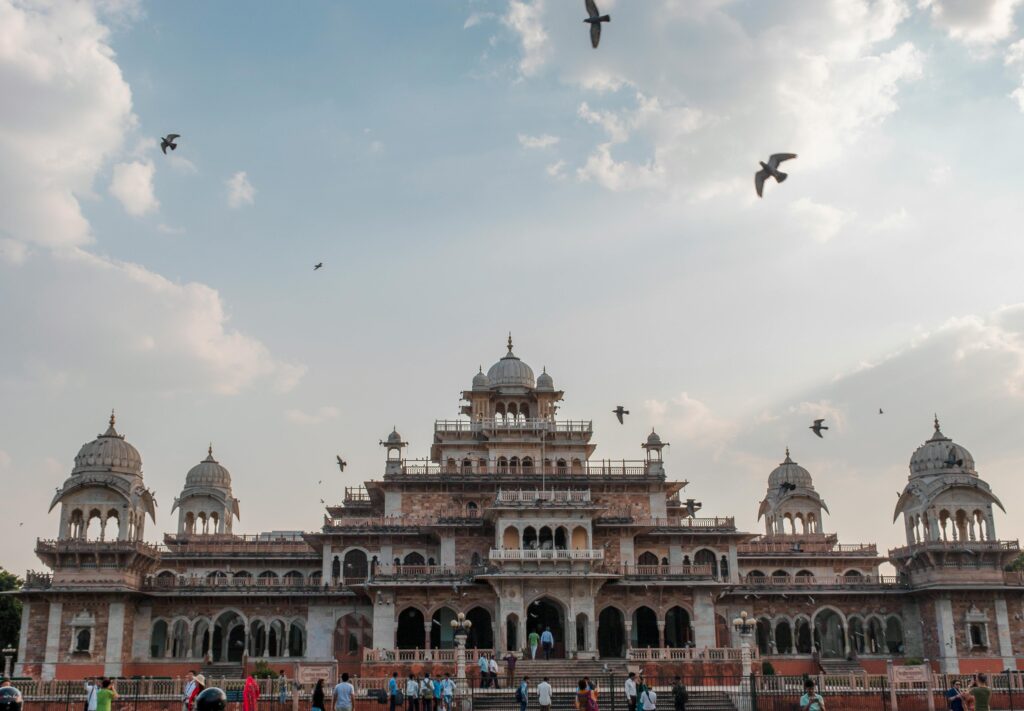In a world where global alliances shift rapidly, one statement can send ripples across the international stage. Recently, U.S. President Donald Trump stirred the debate when he posted on Truth Social that the United States had “lost India and Russia to deepest, darkest China.” His words, accompanied by a photo of Prime Minister Narendra Modi, Russian President Vladimir Putin, and Chinese President Xi Jinping together at the Shanghai Cooperation Organisation (SCO) summit, drew attention worldwide. While some dismissed it as another of Trump’s dramatic remarks, others saw it as a reflection of growing geopolitical realignments that could reshape the global balance of power.
The Incident at a Glance
Trump’s comment was based on a widely circulated image from the recent SCO summit in Tianjin, China. The photo showed Modi, Putin, and Xi standing together, symbolizing their participation in a forum that often positions itself as a counterweight to Western-led institutions. Trump captioned the image with a sharp line: “Looks like we’ve lost India and Russia to deepest, darkest, China. May they have a long and prosperous future together!”
The remark immediately became a talking point not just in Washington but also in New Delhi, Moscow, and Beijing. For many observers, it raised questions about how the U.S. perceives its strategic partners and rivals, and whether India is truly tilting away from Washington toward the emerging “axis” of Russia and China.
India’s Neutral Response
The Ministry of External Affairs (MEA) in India chose not to escalate the issue. When asked about Trump’s comment, officials responded with a brief “no comment,” while quietly emphasizing that India’s relationship with the United States remains strong. They pointed to ongoing defense cooperation, the annual 2+2 ministerial dialogue, and recent joint military exercises as proof that the strategic partnership is intact.
New Delhi also reminded the world of its long-standing policy of “strategic autonomy.” India has traditionally avoided aligning itself too closely with any one power bloc. Its participation in forums like the SCO, BRICS, and the Quad reflects this balancing act. While India values its growing partnership with Washington, it also maintains close ties with Moscow for defense needs and engages with Beijing on economic and regional issues, despite tensions at the border.
Why Trump is Concerned
Trump’s statement did not come out of thin air. In recent months, the U.S.–India relationship has faced turbulence. Washington imposed steep tariffs on Indian goods, citing New Delhi’s continued oil imports from Russia. The penalties included a 25% base tariff plus an additional 25% linked to those oil purchases. For India, buying Russian oil at discounted prices is a matter of economic necessity, especially at a time when energy costs are soaring.
From Trump’s perspective, however, these actions undercut U.S. sanctions against Moscow and dilute the West’s pressure campaign over the war in Ukraine. His frustration reflects a larger concern in Washington: that India, once seen as a natural counterweight to China, is instead carving out its own independent path that does not always align with American interests.
The Symbolism of the SCO Summit
The SCO summit where Modi, Putin, and Xi were photographed together was itself a showcase of alternative power structures. Founded in 2001, the SCO has grown into a major Eurasian political, economic, and security bloc. Its members now include not just China, Russia, and India, but also Pakistan and several Central Asian states.
For China, the summit is a platform to expand its influence across Asia. For Russia, it offers an escape from Western isolation. With India, it is both an opportunity and a challenge. While New Delhi uses the SCO to engage with its neighbors and push for regional stability, it also remains cautious about being seen as aligning too closely with Beijing. The image of Modi standing alongside Putin and Xi was therefore a powerful symbol — and Trump seized upon it to make his point.
Multipolar World in Action
Trump’s remark highlights a deeper reality: the world is moving toward multipolarity. Unlike the Cold War era, when two clear blocs dominated, today’s global order is more fluid. Countries like India are unwilling to be locked into rigid alliances. Instead, they are choosing issue-based partnerships that serve their national interests.
India’s foreign policy illustrates this perfectly. With the United States, it collaborates on defense, technology, and counterterrorism. For Russia, it maintains long-standing defense procurement ties and energy cooperation. With China, despite tensions, it continues to engage on trade and regional initiatives. This flexibility may frustrate Washington, but it is central to India’s vision of itself as a rising power.
How Other Players View It
- Russia sees India as an important partner to counterbalance its dependence on China. Moscow values New Delhi’s role in forums like BRICS and the SCO, even as its own ties with Beijing deepen.
- China views India with caution but also with pragmatism. While border disputes remain unresolved, Beijing recognizes that India’s presence in the SCO adds legitimacy to the grouping.
- The United States, meanwhile, wants India firmly in its camp, particularly through the Quad (with Japan and Australia) and Indo-Pacific strategies. Trump’s remark suggests concern that India might be drifting away.
The Road Ahead
The real question is whether Trump’s words reflect a lasting rift or just a temporary irritation. Most analysts believe that U.S.–India ties are resilient enough to weather such storms. The two countries share deep common interests in technology, security, and global stability. However, disagreements over trade, energy, and foreign policy priorities will continue to create friction.
For India, the priority remains clear: safeguard its national interests while keeping relationships balanced across major powers. For the U.S., the challenge is to accept that India will never be a traditional ally but rather a strategic partner that operates on its own terms.
Conclusion
Donald Trump’s statement about “losing India and Russia to deepest, darkest China” may have been dramatic, but it reflects genuine anxieties in Washington about shifting global alliances. The image of Modi, Putin, and Xi together at the SCO summit is indeed symbolic — but symbols do not tell the full story. India is not “lost” to the U.S.; instead, it is asserting its role as an independent global power, one that collaborates with multiple partners while staying true to its own interests.
As the world moves toward a multipolar order, such moments of friction are inevitable. What matters is whether the U.S. and India can look past rhetorical jabs and focus on the deeper strategic partnership that both nations have spent decades building.




